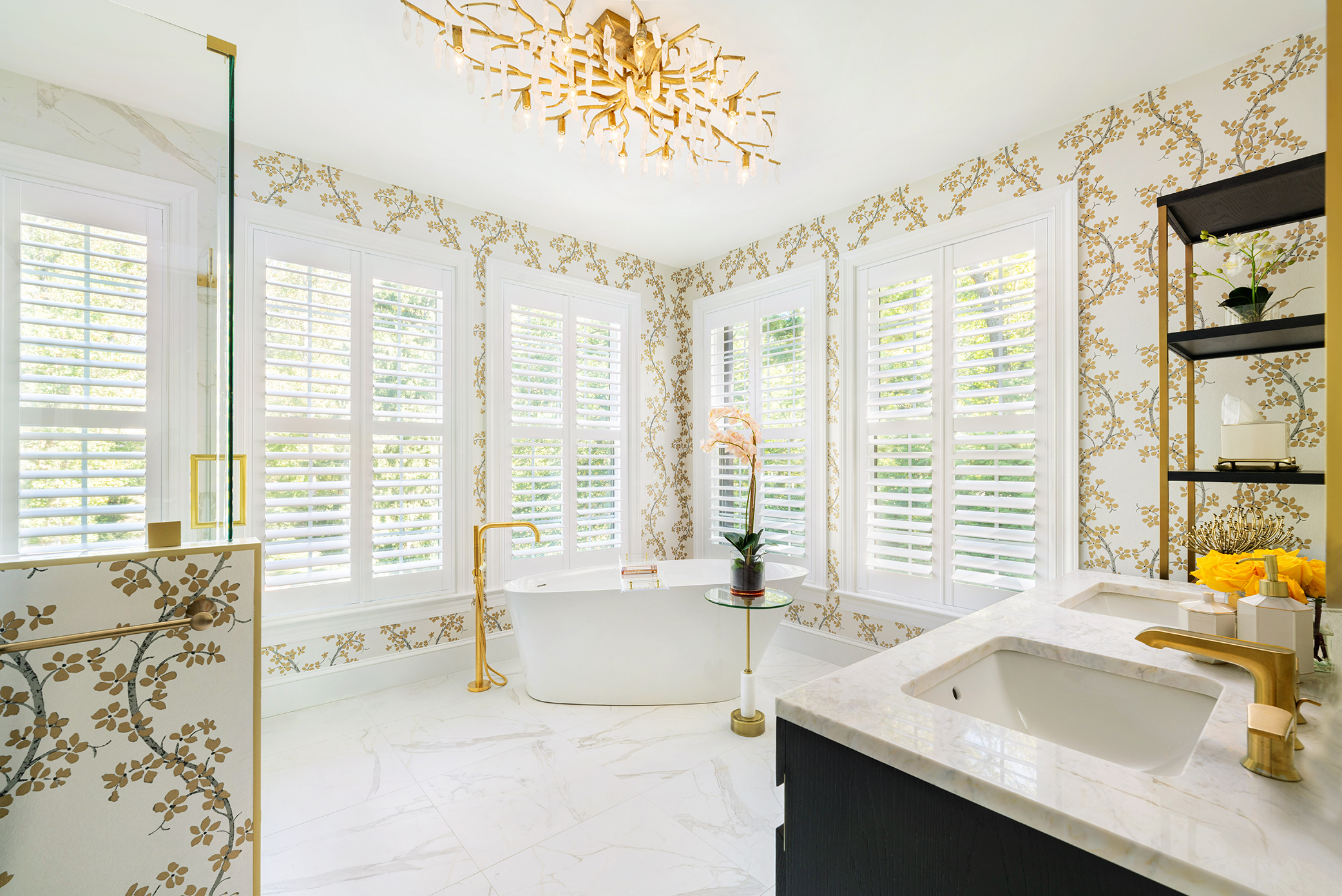As a designer, I believe in creating a home sanctuary for my clients, a space where they feel protected and nurtured. A key aspect of this is blurring the boundaries between outdoors and indoors, fostering a closer connection to nature. While there are many design tools and principles to achieve this, I’m particularly fond of using botanicals inspired by Ikebana, the ancient Japanese art of flower arranging, which emphasizes harmony between flowers and their surroundings.
Ikebana, a sculptural art form, is highly suited to contemporary interiors. They share similar qualities: an emphasis on space, simplicity, and clarity of line and form. Ikebana’s ability to enhance the mood and underlying structure of a living space aligns with our increasing awareness of good design in the home.
I recently created five arrangements as table centerpieces for a cocktail party. They were loosely inspired by Ikebana, with its characteristic asymmetry and sculptural lines, but adapted to be viewed from all sides. While I aimed for Ikebana’s typical economy of plant material by limiting the color palette, I used multiple flowers in shades of the same hue for a fuller look.
My approach was guided by the colors of materials I found in my garden (seasonal twigs and berries), to which I matched the color of the flowers and complemented them with other green elements (like decorative grasses). The furniture in the home and the food layout also influenced my choice of vessels and the overall design of the arrangements.
See how the arrangements looked just before the party guests arrived (and minutes before the warm meats were served).
When I brought the arrangements home, I displayed them around my house, creating a fresh interaction between shapes, textures and colors. These Ikebana-inspired arrangements allowed me to see my home in new ways, strengthening my connection with nature and serving as a powerful means of self-expression. Most of all, they were a source of joy and satisfaction—a pleasure, pure and simple.
Here’s a brief overview of Ikebana’s structure: The most important branches and flowers are the “main lines” or “principal stems,” forming the underlying structure. The other pieces of plant material take their length from the subject line. The subject line is the longest, its length determined by the container size. The object, often a flower, is the focal point. It can be supported by another piece of the same plant. Once the main lines are in positions, fillers can be added to enhance the arrangement without overwhelming it.
Using this understanding, see what plant materials went into building these arrangements and how they were constructed, together with a bonus idea on how to create simple table-top arrangements for the winter holidays.
Ioana Todorova Designs – Decorating Den Interiors can help you create your own special sanctuary, or make your home more beautiful and reflective of your personality and lifestyle.
Ioana Todorova Designs – Decorating Den Interiors proudly serves parts of the Greater Washington region: Northwest Washington, D.C.; Bethesda, MD; and the following locations in Northern Virginia: Arlington County, Fall Church City, as well as McLean, Vienna, Merrifield, Annandale and Fairfax City in Fairfax County.










